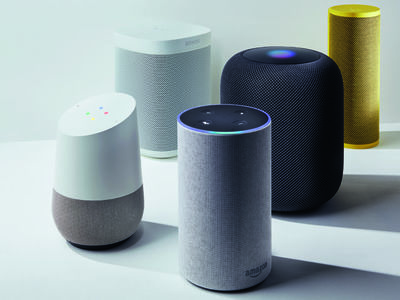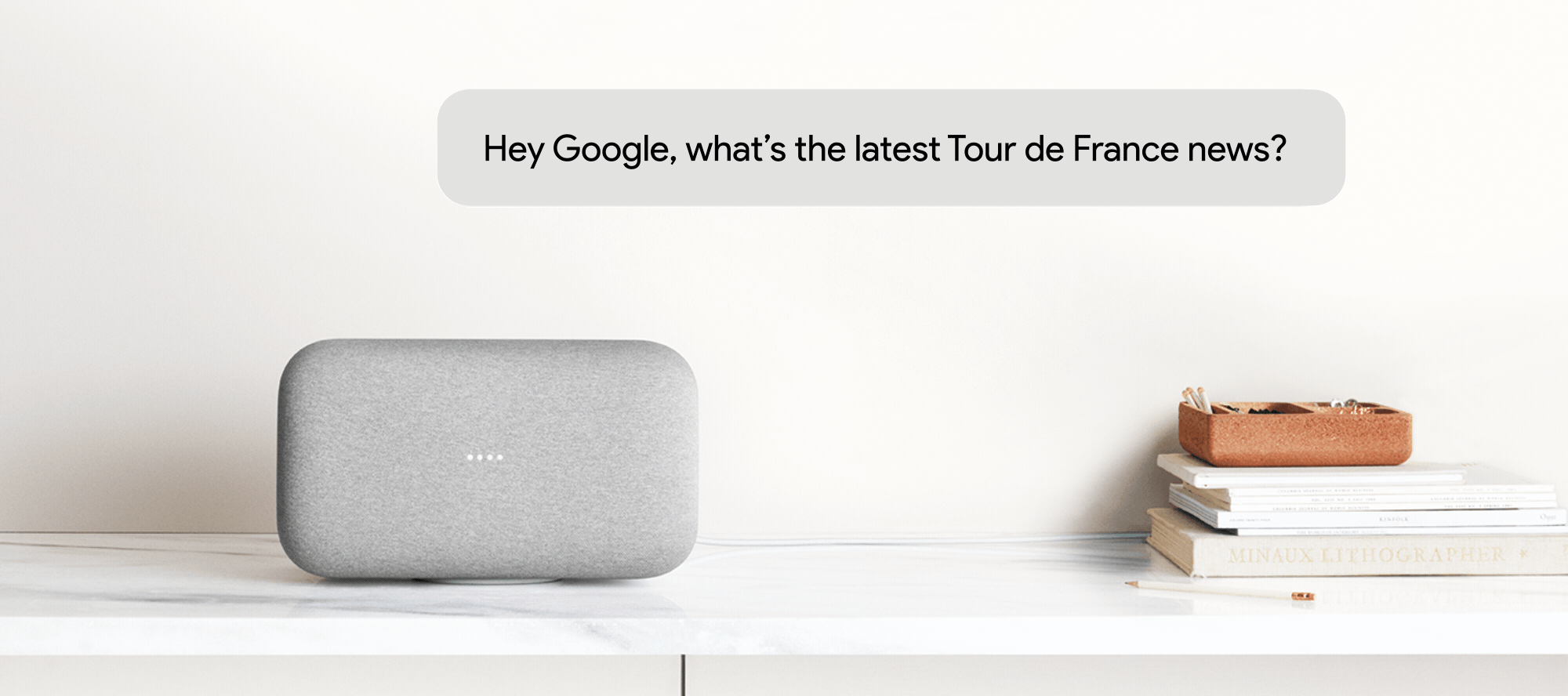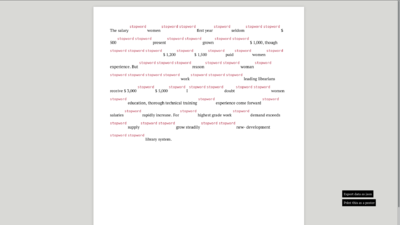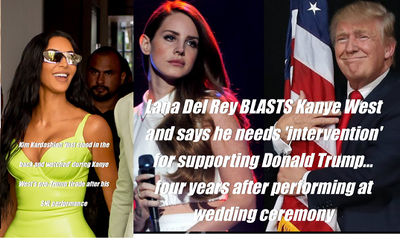User:Joca/Project proposal: Difference between revisions
No edit summary |
No edit summary |
||
| Line 26: | Line 26: | ||
Currently, the dominant principles for interface are drafted from design practices that originate from the field of Human Computer Interaction. These are based on solving problems efficiently, creating a user-centered design to fulfill a task and reach a goal as quick and easy as possible. Within this ideology, the conversational interface should be a digital assistant. This might be effective for setting a timer in the kitchen, but is this the best way to interface journalism? | Currently, the dominant principles for interface are drafted from design practices that originate from the field of Human Computer Interaction. These are based on solving problems efficiently, creating a user-centered design to fulfill a task and reach a goal as quick and easy as possible. Within this ideology, the conversational interface should be a digital assistant. This might be effective for setting a timer in the kitchen, but is this the best way to interface journalism? | ||
<img src='http://pzwiki.wdka.nl/mw-mediadesign/images/3/3e/Assistant_news.gif'> | |||
<img src='http://pzwiki.wdka.nl/mw-mediadesign/images/3/3e/Assistant_news.gif | <small>source: https://www.blog.google/products/news/hey-google-whats-news/</small> | ||
===Related discourse in the field=== | ===Related discourse in the field=== | ||
Revision as of 17:01, 23 November 2018

Project proposal
Conversational interfaces that provoke a different view on news
Within this project, I want to research the role of the interface in the field of digital news media on how people interpret information. I am especially interested in how an interface could facilitate critical insight while reading the news, and I think that a conversational interface like a smart speaker can be a good medium for that.
To explore this idea I want to design a series of voice interfaces to engage with news. Each of these interfaces would have its own personality that represents a way of looking at the news. This can be connected to a particular politic view (populist, liberal) or a way of thinking (rationalistic, humanistic). This character is reflected in the way the interfaces talk, but also in the design of the smart speaker they 'live' in.
The content that is used by the speakers will be scraped from existing online news media. I think of using text and podcasts, two media that would work well with an audio-based interface. For the interaction between human and system, I'd like to challenge the idea of the conversational interface as a digital assistant only. I foresee a deceptive collection of interfaces, where the populist smart speaker would make trustworthy sources look unreliable. And maybe the rationalistic speaker forces you to hear an advertorial, to make sure the commercial goals of the publication are met. This approach leaves space for a humorous and provocative approach. I think that is a more effective way to show the influence of the interface on how people experience the content in it and make the audience connect with the topic.
Why journalism?
Journalism is an interesting field to design for, as many societal phenomena meet in this field. Currently, the most used news media are digital. This opens up possibilities for news ways of story telling, and involving readers as experts for example. But it also poses challenges: How to guarantee the independence of news media while finding ways to survive using advertisements and subscriptions. Trust in journalism is not self-evident anymore.
In that sense journalism is wicked, both exciting and possibly open to evil.
Conversational interfaces are an interesting medium to research, as many aspects come together here: dependence on external platforms like the clouds of Google and Amazon. The promise of new ways to engage users, and the failure of current interfaces which leaves people confused about the origin of the news they are getting. (Brandom, 2018)
Currently, the dominant principles for interface are drafted from design practices that originate from the field of Human Computer Interaction. These are based on solving problems efficiently, creating a user-centered design to fulfill a task and reach a goal as quick and easy as possible. Within this ideology, the conversational interface should be a digital assistant. This might be effective for setting a timer in the kitchen, but is this the best way to interface journalism?
 source: https://www.blog.google/products/news/hey-google-whats-news/
source: https://www.blog.google/products/news/hey-google-whats-news/
Related discourse in the field
The role of journalism is discussed from different perspectives nowadays. Research institutions like the Nieman Journalism Lab try to experiment with existing media. New publications are founded by start-ups like The Correspondent and Buzzfeed. The latter started Buzzfeed News because it sees potential in offering serious journalism next to the juicy listicles it got known for. (Saba, 2014)
At the same time, technology companies like Apple, Facebook, and Google try to aggregate different news sources, because news is interesting content for their platforms as a way to attract an engaged audience.
Smart assistants that live in speakers are the newest way to expand their platform. After years of speculation about computers to which we can talk, e.g. expert systems (Flores en Winograd, 1980), conversational interfaces are now really entering the mainstream. Already one-third of the US households have a smart speaker. (Molla, 2018) In the meantime, audio is getting more traction at news media too. The New York times invest heavily in podcasts for example.
Though, no matter what platform, and (digital) medium, there is an interface around the content. The way these are structured comes nowadays mostly from User Experience Design (UX). In the nineties, the term UX was coined as a way to collect all aspects of user interaction with the products and services of a company. (Nielsen & Norman, 1998) The popular school of UX as started by Nielsen en Norman adds some psychology to it and focuses on 'transparent' interfaces that design an 'affordance of experiences'. In the end, it results in interfaces with unambiguous clues that work for a particular narrow scenario to get a job done easily. (Lialina, 2018) Conversational interfaces are quite new, and currently these same principles.

There are however alternative approaches to this rationalistic way of interaction design. In Graphesis (2014), Johanna Drucker describes a visual interface design that is focused on displaying ambiguity and offers ways to structure critical insights. She coins the term Humanistic Interface for this. Olia Lialina (2018) refers to the concept of Forgiveness
Although most of these models focus on Graphical User Interfaces, I think they can give a clue for the creation of a conversational interface that is something different than the commonly used assistant archetype. Given the adoption rate of smart speakers, and the opportunities for news publications in this field, it is relevant to investigate this particular use of a conversational interface.
Relation to previous practice
Before I started at Experimental Publishing, I already had some experience in writing and journalism. During my bachelors, I learned about interaction design, for both tangible and digital interfaces. Pairing these experiences with what I learned about critical theory and digital culture at the Piet Zwart, I see a good starting point to dive into this topic and connect these different perspectives.
Looking at the projects of last year, both the Non-human Librarians of the XPPL and Reading the Structure intervene with text, in such a way that it opens up questions about the interface, and its influence on how users perceive the content via it; be it a text, or an entire collection of books.
The interfaces I designed during my Bachelor's focus more on tangible and embodied interaction, a style of human-computer interaction that focused discovery and participation and links well to the ideas behind Druckers model of performative materiality (2013).
Making the project
Tools and form
For the conversational interfaces I want to design I am planning to use content of existing news publishers. This is possible by scraping the content of their websites using a script. To use audio content, I need to add an extra step to transcribe the content to make the information machine readable.
I'd like to have the interfaces running on individual smart speakers. In my sketches so far I used the Google Assistant platform. I plan to switch to smart speakers that are based on a Raspberry Pi with a voice-assistant focused system image like MyCroft or Jasper. The advantage of this approach is that I am not fully depending on the cloud services of Google and Amazon. This support archiving the project in the future, and is technically interesting: Do we really need the cloud for these type of projects?
It is a good basis to further develop for the graduation show. I aim to take a more spatial approach there, maybe in the form of an installation where the different parts of the interface are shown next to relevant parts of the thesis.
Who can help?
At XPUB Clara Balaguer and Amy Wu can help my on a conceptual level and with the visual aspect of the project. Steve Rushton can give new insights for my thesis. Michael Murthaugh and Andre Castro are great resources for the technical realization of the project, especially building the backend of the system for scraping and cataloging content from news media. Discussions with Aymeric Maysoux and my classmates will help to zoom out, and critically look at the project as a whole, before zooming back in on specific aspects.
Outside of the Piet Zwart, it is good to connect to the various initiatives in the Netherlands that try to pair journalists with designers and developers, like ACED and the Stimuleringsfonds voor de Journalistiek. I am also planning on reaching out to Olia Lialina, because of her research on affordances in Human-Robot interaction. Next to that it is useful to contact other designers I know who did design projects in the field of journalism and interfaces, like Martina Hyunh, Maxime Benvenuto and Jim Brady.
Timetable
Oktober/ First half of November
Thesis outline and project proposal. Setting up framework of bibliography. Scoping the project (using insights from prototyping)
Second half of November/December
Writing first chapter, further prototyping, choosing medium for the interface
January
Further writing. Evaluating prototypes made so far. Further developing specific directions
February/March
Further writing, first complete draft thesis. Realization of project. Detailing form and production process of thesis.
May/June
Finetuning thesis and project. Producing the items needed to present the project to a wide audience during the graduation show (and beyond. Online, possibly other events etc. )
July
Rest and reflect on the things I learned. Check possibilities to show the project at other events in the form of an exhibition, workshop etc.
References
Brandom, R. (2018, November 18). Smart speakers have no idea how to give us news. Retrieved from https://www.theverge.com/2018/11/18/18099203/smart-speakers-news-amazon-echo-google-home-homepod
Drucker, J. (2013) DHQ: Digital Humanities Quarterly: Performative Materiality and Theoretical Approaches to Interface. Digital Humanities Quarterly.
Drucker, J. (2014). Graphesis: Visual forms of knowledge production. Cambridge, MA: Harvard University Press.
Lialina, O. (2018). Once Again, The Doorknob. On Affordance, Forgiveness and Ambiguity in Human Computer and Human Robot Interaction [Conference Talk]. Retrieved from http://contemporary-home-computing.org/affordance/
Molla, R. (2018). Voice tech like Alexa and Siri hasn’t found its true calling yet: Inside the voice assistant ‘revolution.’ Retrieved from https://www.recode.net/2018/11/12/17765390/voice-alexa-siri-assistant-amazon-echo-google-assistant
Newman, N. (2018). The Future of Voice and the Implications for News. Reuters Institute for the Study of Journalism.
Nielsen, J., & Norman, D. (1998). The Definition of User Experience (UX). Retrieved from https://www.nngroup.com/articles/definition-user-experience/
Saba, J. (2014). Beyond cute cats: How BuzzFeed is reinventing itself. Retrieved from https://www.reuters.com/article/us-usa-media-buzzfeed/beyond-cute-cats-how-buzzfeed-is-reinventing-itself-idUSBREA1M0IQ20140223
Winograd, T., & Flores, F. (2008). Understanding computers and cognition : a new foundation for design (24th ed.). Boston: Addison-Wesley.




